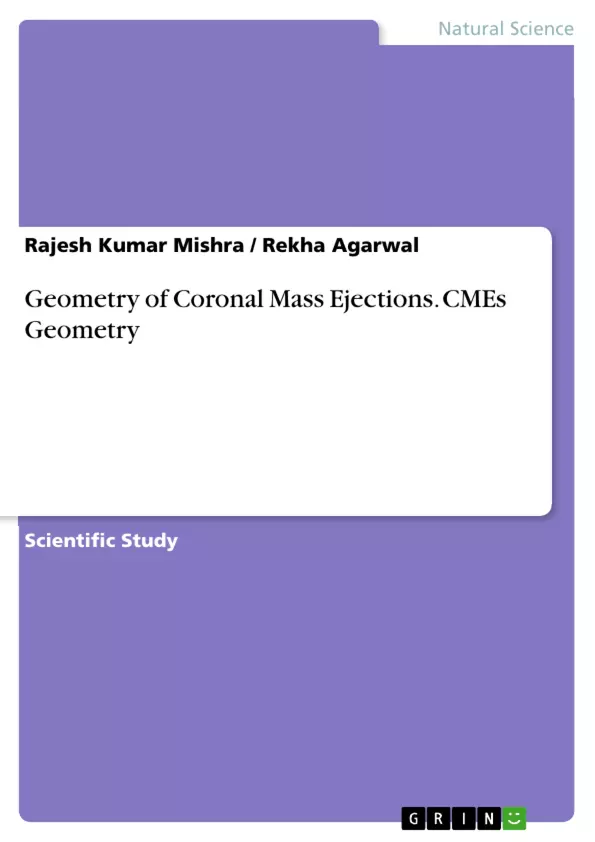The most energetic phenomena in the heliosphere are known to be coronal mass ejections (CMEs), which acquire their energy from the Sun's strained magnetic fields. Coronal Mass Ejections disrupt the flow of the solar wind and produce disturbances that strike the Earth with sometimes catastrophic results. Coronal mass ejections are often associated with solar flares and prominence eruptions but they can also occur in the absence of either of these processes. The frequency of CMEs varies with the sunspot cycle. At solar minimum we observe about one CME a week. Near solar maximum we observe an average of 2 to 3 CMEs per day. We have studied different characteristics of coronal mass ejection based on the observation form Large Angel and Spectrometric Coronagraph (LASCO) on board of the Solar and Heliospheric Observatory (SOHO) space craft during the period 1996 –2006. It is noteworthy that the rate of occurrence of Class B CMEs is more than class A CME’s. The occurrence spectrum of both classes of CMEs follows the trend of the phase of solar cycle and maximum number both types CME’s seems to be occurred during maximum solar activity. It is also observed that the maximum number of class A, Class B CMEs have speed range 0-500 km/sec. We have observed that maximum number of Class A, Class B CME’s occurred in apparent angular width range 00-900. It is also found that the maximum number of class A and class B CME’s have occurred when the position angle ranges in 50-1000 and 2500-3000 respectively.
Table of Contents
- Abstract
- Introduction
- Data and Analysis
- Results and Discussion
Objectives and Key Themes
The primary objective of this study is to analyze the characteristics and occurrence of coronal mass ejections (CMEs) based on observations from the LASCO instrument on board the SOHO spacecraft. The study focuses on the period from 1996 to 2006, encompassing a significant portion of the solar cycle.
- Understanding the characteristics and occurrence of CMEs
- Investigating the relationship between CMEs and the solar cycle
- Analyzing the impact of CMEs on the heliosphere and Earth
- Exploring the role of CMEs in solar and space weather phenomena
- Developing a classification system for CMEs based on their position angle
Chapter Summaries
- Abstract: This section provides a concise overview of the study, highlighting the importance of CMEs as the most energetic phenomena in the heliosphere. It mentions the disruptions caused by CMEs, their association with solar flares and prominences, and the variation in their frequency with the sunspot cycle.
- Introduction: This chapter delves into the history and definition of CMEs, exploring the various definitions proposed by different researchers. It discusses the importance of CMEs in solar, coronal, interplanetary, and planetary physics, outlining their impact on magnetic energy storage and release, heliospheric disruptions, and space weather.
- Data and Analysis: This chapter focuses on the data sources used in the study, specifically the observations from LASCO on board SOHO. It details the data analysis methods, including the classification of CMEs into two classes based on their position angle, namely Class A and Class B.
Keywords
This study focuses on the following key terms and concepts: coronal mass ejections (CMEs), position angle, solar cycle, geomagnetic storms, LASCO, SOHO, space weather, solar activity.
- Arbeit zitieren
- Rajesh Kumar Mishra (Autor:in), Rekha Agarwal (Autor:in), 2024, Geometry of Coronal Mass Ejections. CMEs Geometry, München, GRIN Verlag, https://www.hausarbeiten.de/document/1471517


